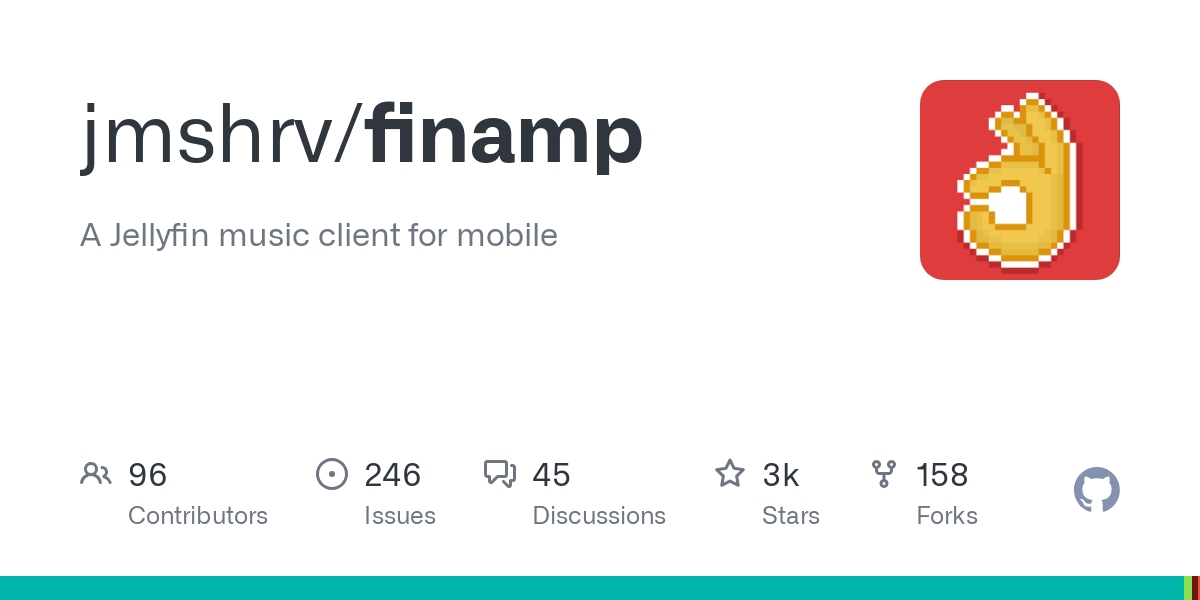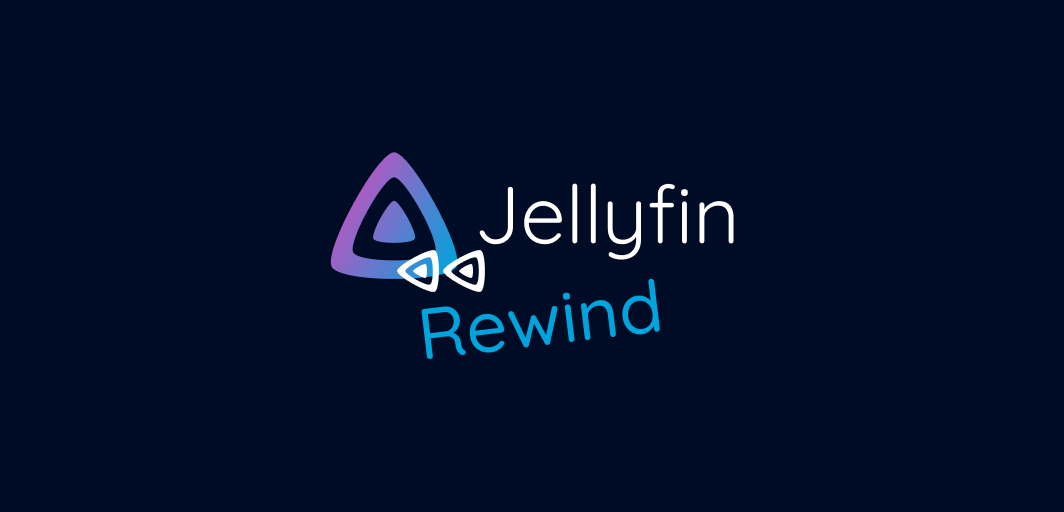Chaphasilor [he/him]
This is madness but it is GLORIOUS madness!
- 8 Posts
- 125 Comments

 1·1 month ago
1·1 month agoThanks, replied on GitHub :)

 2·1 month ago
2·1 month agoWell theoretically you could use it already, there are just some convenience features that are missing, like buttons for skipping a few seconds back and forth. The audiobook libraries also work a bit differently than music libraries, so I’m not sure how easy it would be to natively support them.
For now you could create albums or playlists for your audio books, and it should play just fine, and also save the progress :)

 2·1 month ago
2·1 month agoSure! We’ll try to prepare a list of good started issues to pick from :)

 1·1 month ago
1·1 month agoDiscord is just easiest for us to maintain. The project is on GitHub though, and any important discussions are available there as well!

 3·1 month ago
3·1 month ago<3

 4·1 month ago
4·1 month agoAwesome! F-Droid sadly doesn’t have proper support for beta versions. That’s also why it’s high time to release the new features onto stable. But I would like to avoid changing design too often, so I’m waiting until most things are ready.

 2·1 month ago
2·1 month agoAndroid Auto doesn’t work for you in 0.9.24? Did you report that yet?
It should be working…

 4·1 month ago
4·1 month agoI’ve never use Plexamp myself, but I know its a great app. That’s why we’re trying to bring a similar experience to Jellyfin, with as many features as Jellyfin allows :)

 2·1 month ago
2·1 month agoAwesome <3

 3·1 month ago
3·1 month agoAwesome, looking forward to it! There definitely also is more backend-y stuff, but if you want to do UI stuff, that’s totally fine too! :D

 6·1 month ago
6·1 month agoThere are one or two related issues on GitHub with discussions about this. Be sure to leave your thoughts there so we can consider them! “Smart playlist” is a very broad term, details are always appreciated :)
If you can’t find related issues, just create a new discussion!

 6·4 months ago
6·4 months agoSounds like while they’re officially recognizing OrcaSlicer, they’re now doing everything they can to make using it as cumbersome as possible…

 1·4 months ago
1·4 months agoManually tagging with MP3tag actually improved things for me, lol. Yeah plays only show up after they are done.
Okay, good luck in figuring things out! Maybe 10.11 will sort things out…

 1·4 months ago
1·4 months agoHow long did you wait after adding the albums? Maybe another task was still running, like the LUFS extraction (that ffmpeg job you noticed).
Also, the tag parser was improved with 10.9, maybe your tags don’t have a supported format?I honestly can’t imagine the Playback Reporting plugin causing this behavior, since it should just passively listen to playback events and record them in a separate database.
Regarding it not getting populated, which client were you using for playback? If the client doesn’t send the correct events, playback won’t be recognized by the server.

 3·4 months ago
3·4 months agoInteresting, I never had any issues with the plugin! Are you sure it’s the reason?

 6·6 months ago
6·6 months agoWell they said that it should be much, much faster now, so even if it would restart it should be done within a few hours now :)
Do we have a cursed benchies community on Lemmy?

 31·8 months ago
31·8 months agoThat’s one big hand…

 2·8 months ago
2·8 months agoI’ve gone the TrueNAS SCALE route myself, with TN running on bare metal. All my containers/apps are set up through it, and I’ve also spun up Windows and Linux VMs without major issues, including GPU and USB passthrough.
I do enjoy the security it gives me, will all my apps being versioned/snapshotted regularly and before every update, as well as the rest of my data. Since TN is only using ZFS and not something like MergerFS (which I believe is used by Unraid), the upgrade path is a bit mote restricted. So you should definitely look into your options up-front. For example, you won’t be able to expand a vdev (virtual ZFS disk) later on, you’ll have to create a new one. And you can only use equivalent vdevs to form pools. That means if you start with 3 drives in a vdev for your main storage pool, you can only expand that pool by adding anothet 3 drives with the same capacity as a secons vdev. So make sure you can stomach these costs, or go for fewer and cheaper drives, with a large case.
As for apps, you can set up docker apps easily, and there are a large number of officially or community-maintained apps, where any breaking changes and migrations are handled for you, so updating is a breeze. But you don’t have a much flexibility as with a custom setup. TN has been becoming more generic in that regard though, switching from k3s to regular docker, so you could probably play around with stuff via the CLI without major issues.
Oh and one more thing: you should probably use a separate, dedicated device for Home Assistant. Use a Raspberry Pi or one of their official boards, and you’ll have better support, more features, redundancy, and can still create backups on your NAS via SMB.
Such a second device that is also connected via Tailscale doesn’t hurt either, just in case.



That sounds good! Tried embedded Rust on an ESP32 about 1.5 years ago and it was still a bit of a pain. So it’s good to see options like this that seem to focus on DX!